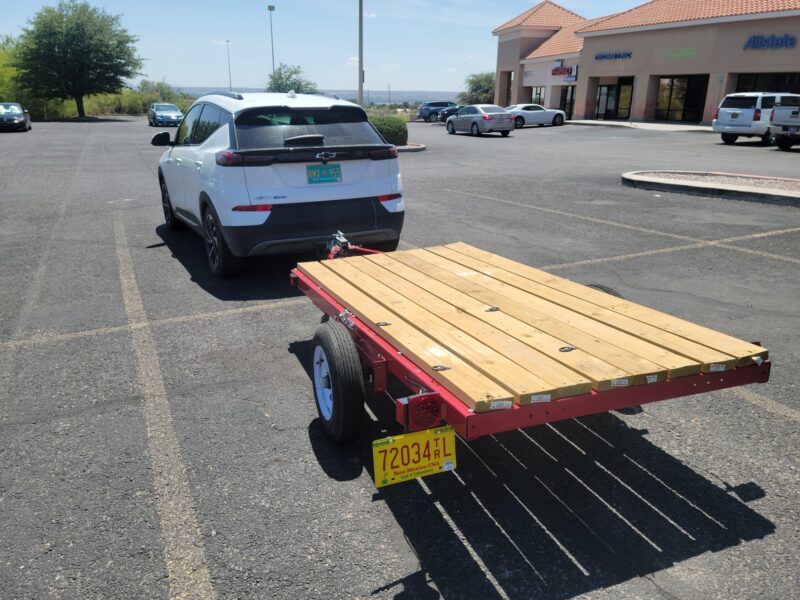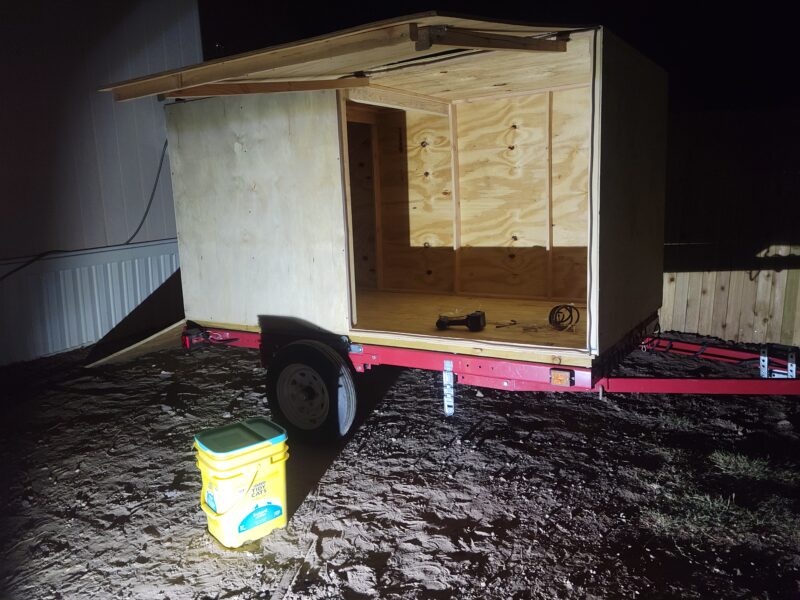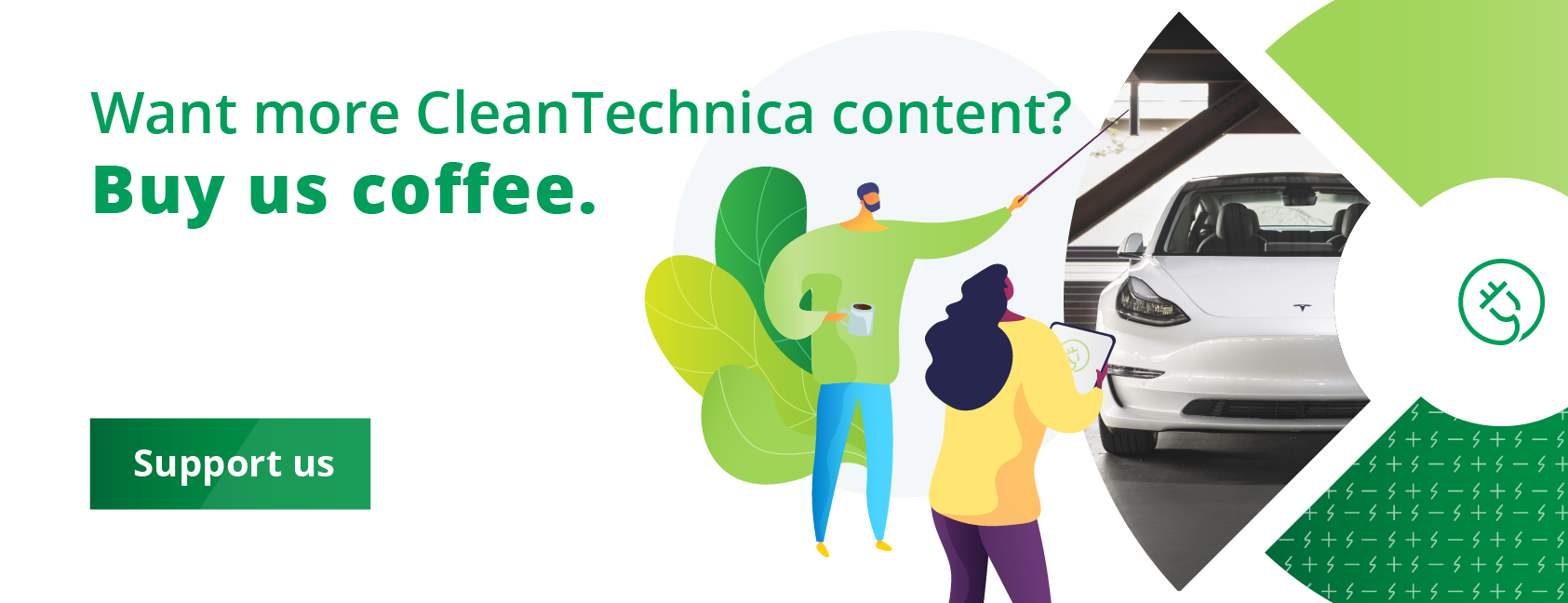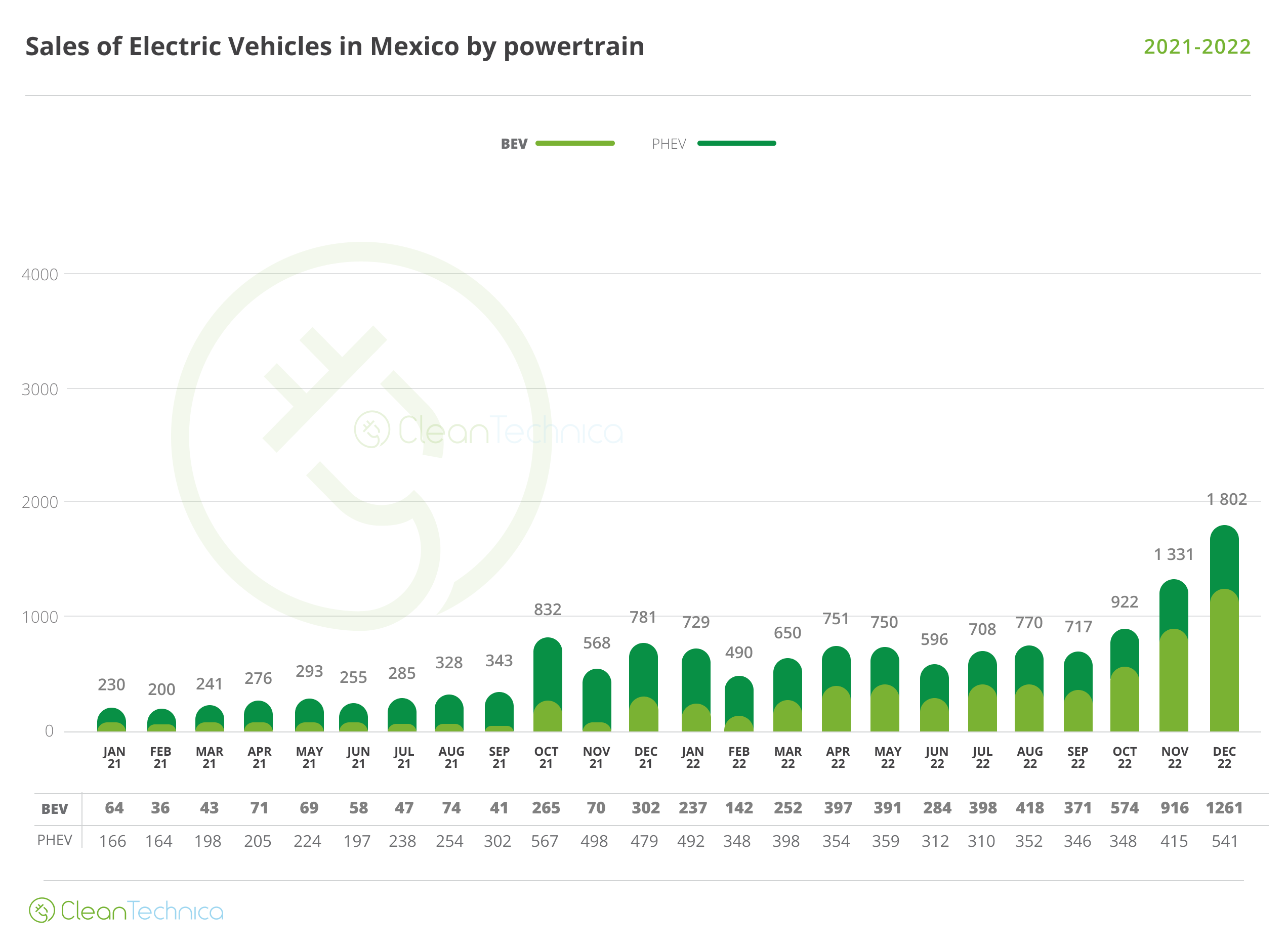
If you’re a regular reader around here, you probably remember my fundraiser for getting more “boots on the ground” coverage and product reviews. I didn’t raise what I had hoped to raise, but still had a pretty successful Indiegogo campaign. In this article, I’m going to give readers an update on how this project is going and how the first test trip went.
Building My Own Trailer
While I’d love to have a Rivian, F-150 Lightning, or a Silverado EV to pull gear around with, none of those options are in the cards. They’re either too costly, and in the case of the Silverado, not available to mere mortals (but available to corporate fleets in limited numbers). So, I’m using my Chevy Bolt EUV, equipped with a Torklift EcoHitch, to pull a small trailer loaded with “glamping” gear instead of a larger vehicle to haul a camper.
Instead of buying a trailer from a trailer manufacturer, I did what many people on a small budget do: I started with a Harbor Freight trailer. They’re cheap, they have a lightweight aluminum frame, and they’re sturdy enough for lighter loads. I couldn’t find one in stock at any of the closest stores, but saw on the website that a location an hour’s drive away had one in stock. But, it turned out that they didn’t, and I spent weeks failing to find a new one.
So, I had to go used. The used one I could find was next-to-new, but the owner didn’t have all of the paperwork. Then, I found out the state didn’t like what little paperwork I had, and the trailer would have to go through a six-month process to get a title and a license plate. So, I had to part the trailer out, buy some parts from a different trailer, add in some new parts from Harbor Freight and Home Depot, and show up at the MVD with a trailer that was legally a different one. After weeks of hassle, I finally had a trailer with a license plate.

I then got to work building a wood box on the trailer. While I’d like to say that I used composites or otherwise did something cool to save weight, I was already behind schedule on this by like two months, so I had to think faster. I built an old-school balloon frame wood box, but stuck with smaller studs and thinner plywood. This required lots and lots of pilot holes to avoid splitting the thinner wood, but I still ended up with a strong box (I added some further reinforcement after this photo was taken:

I couldn’t build the most aerodynamically efficient box, but I did build it so it mostly tucked in behind the Bolt EUV’s shape. Unlike a Tesla Model X or Y, the Bolt EUV has a much higher roofline in the back, which is generally bad for aero, but in this case, it left more room for the trailer box in the vacuum zone behind the car.

The end result is a trailer I can still move around by hand, even with all of the camping gear loaded inside. In my road testing, the vehicle’s dashboard reported an average of 2.2 miles/kWh at 70 MPH. A Better Routeplanner (ABRP) showed a “reference number” (that’s supposed to represent perfectly flat ground, ideal conditions, 65 MPH) of 2.57 miles/kWh based on OBD-II energy usage data it collects. This made for a reference figure about 15% less efficient than the vehicle is unloaded, which is pretty impressive for pulling a trailer.
As you can probably see in the above photo, there’s a big black tube on top of the wood box. That’s a 10 gallon Yakima Roadshower. If you’re not familiar with the Roadshower, it’s basically an aluminum tube with a black coating that you can put water in, and in good sun it serves as a solar water heater. It also has a Schrader valve you can use to pressurize the tank and get water pressure.

One other cool thing I was able to do is design a janky mechanism to keep the side door open and serve as a small awning. The rear door swings down to serve as a ramp for loading and unloading e-bikes, too! I’m eventually going to upgrade these doors to something better, but they work well for now. The box is also going to get a coat of cheap paint.
What I Loaded Inside
If you’re a regular reader, you probably saw that a lot of my recent articles were reviews, and some from the top of a 10,000-foot mountain with views for dozens of miles. Instead of telling readers all about each piece of gear, I’ll share some links to the gear I’ve already reviewed, and then get into the gear I haven’t reviewed yet.
One piece of gear that really came in handy was the EcoFlow Wave 2. While we were on top of a mountain, the conditions turned out to be pretty awful. Not only does more UV light fall on the tops of high mountains (thinner air), but the whole region was experiencing record heat. On the way up, I actually noticed temperatures climbing a we climbed the road to the top, which means there was a thermal inversion effect going on at night. Having air conditioning was great, even if we couldn’t power it all day and all night (more on that in a few).

Another vital piece of gear was the Trelino Evo L composting toilet. The area we camped in had a vault toilet, but who wants to put shoes on and walk a hundred yards in the dark (and, on trips other than this one, the cold)? Plus, this was just a test trip and we plan on doing future trips in places without bathrooms.
Another cool piece of kit we tested (but won’t be taking on all future trips) was the EuyBike S4 scrambler bike. The reason I share this is to point out that we’ve successfully taken a bike along to review in a scenic and challenging location. If you represent an e-bike manufacturer and want your bike, scooter, or other outdoor-oriented cleantech product tested someplace nice, be sure to reach out to our team.
In Part 2, I’m going to discuss how things went with our Shiftpod insulated shelter, Jackery 3000 Pro power station, and some of the things I’m changing for the next trip.
Featured image by Jennifer Sensiba.
I don’t like paywalls. You don’t like paywalls. Who likes paywalls? Here at CleanTechnica, we implemented a limited paywall for a while, but it always felt wrong — and it was always tough to decide what we should put behind there. In theory, your most exclusive and best content goes behind a paywall. But then fewer people read it! We just don’t like paywalls, and so we’ve decided to ditch ours. Unfortunately, the media business is still a tough, cut-throat business with tiny margins. It’s a never-ending Olympic challenge to stay above water or even perhaps — gasp — grow. So …
Sign up for daily news updates from CleanTechnica on email. Or follow us on Google News!
Have a tip for CleanTechnica, want to advertise, or want to suggest a guest for our CleanTech Talk podcast? Contact us here.
Former Tesla Battery Expert Leading Lyten Into New Lithium-Sulfur Battery Era:
CleanTechnica uses affiliate links. See our policy here.




